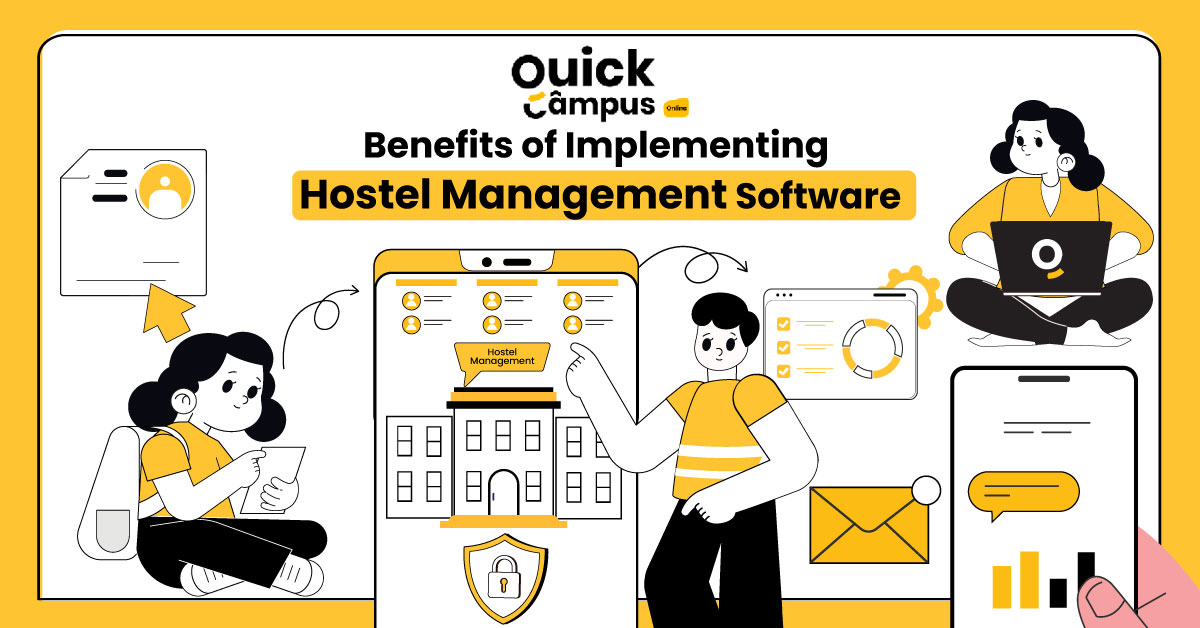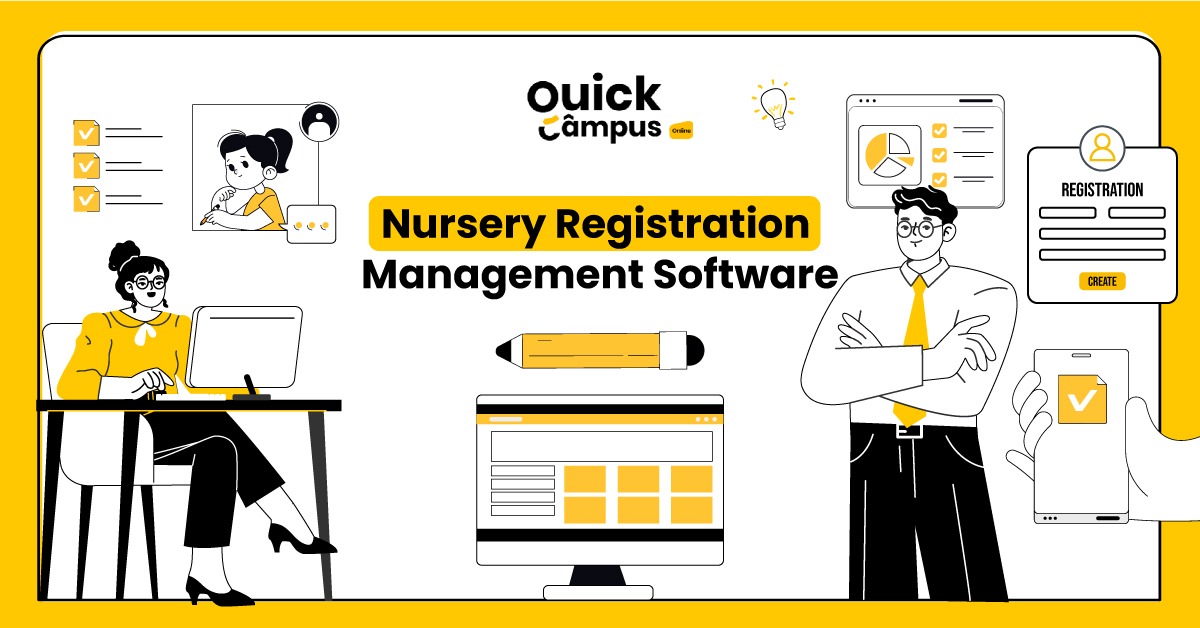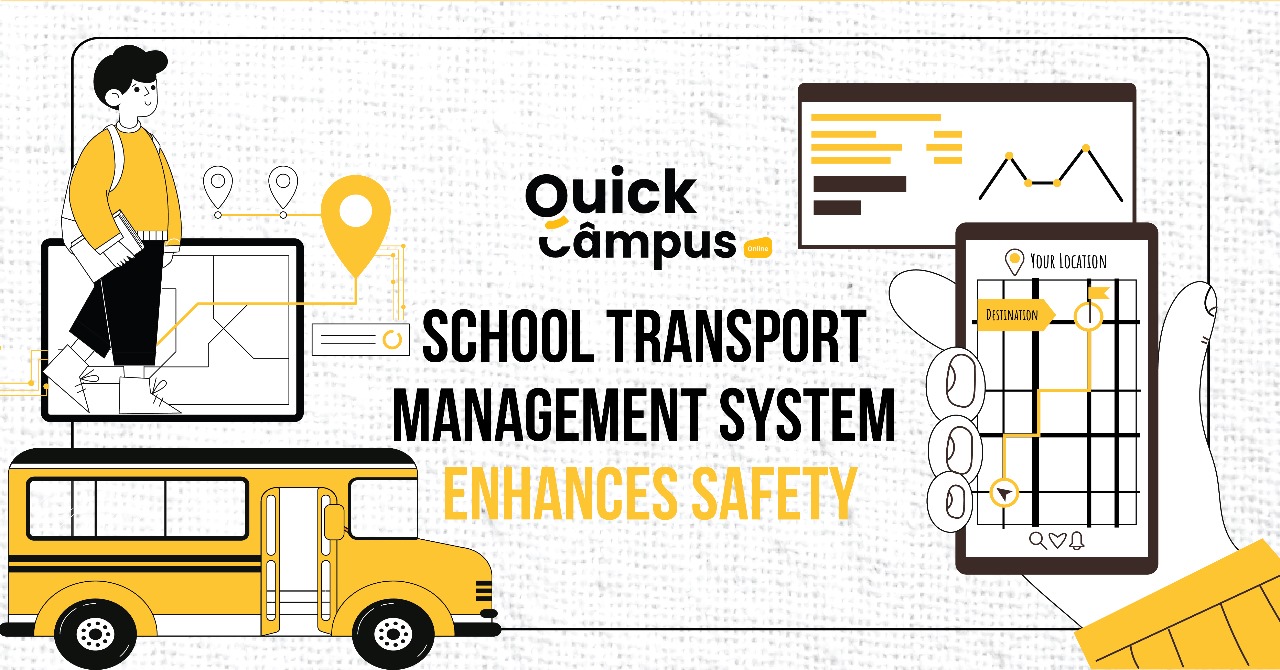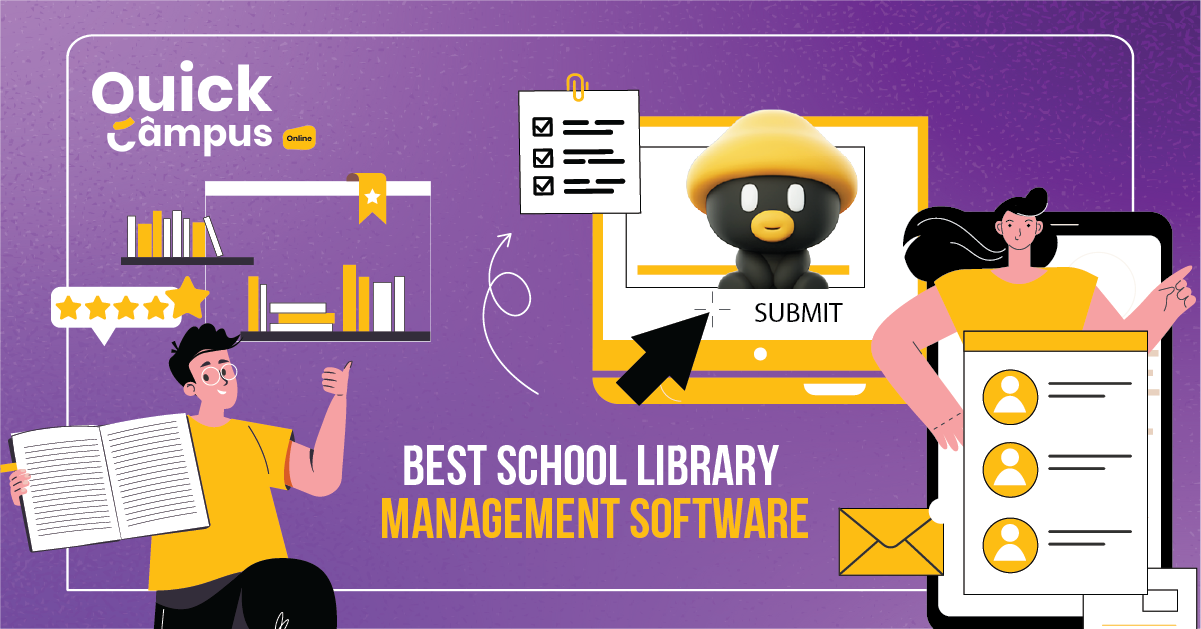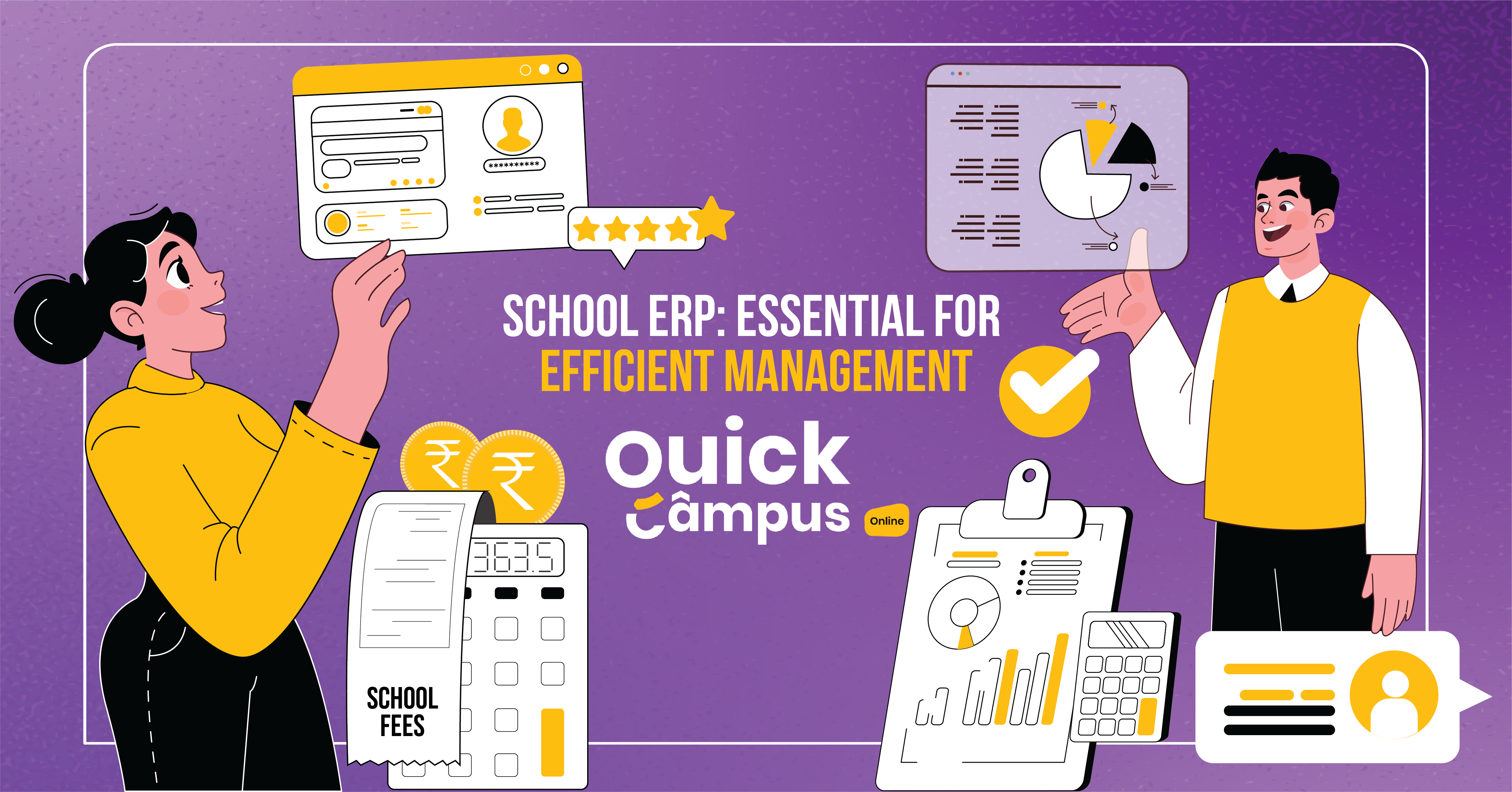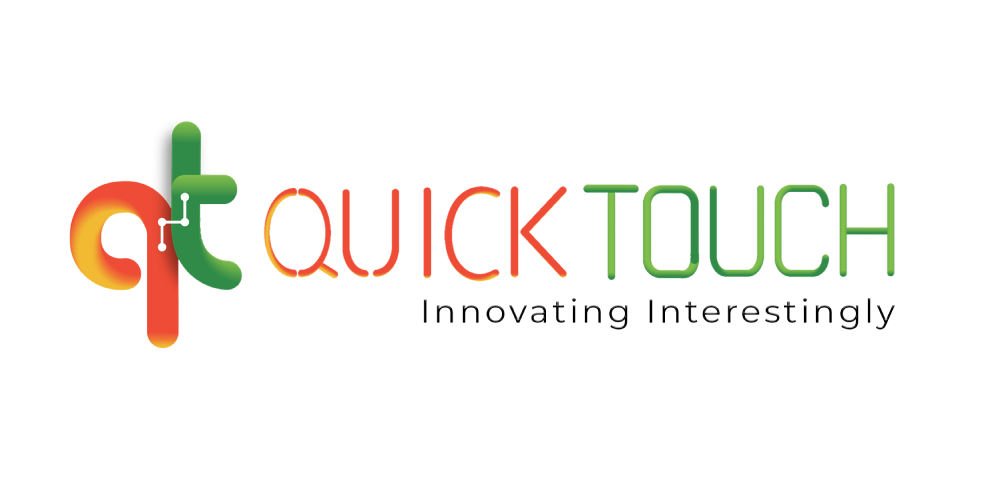Characteristics Of Curriculum – 6 Major Features
Imagine a curriculum as the roadmap or blueprint for what students learn during their time in school. It’s like a recipe that teachers to create engaging and meaningful experiences in the classroom. Just like a treasure map guides adventurers to exciting discoveries, a curriculum guides students through a world of knowledge and skills.
It’s made up of different subjects, activities, and lessons that help students explore new ideas and understand the world around them. In simpler terms, a curriculum is the plan that teachers follow to help students learn and grow.
Meaning Of Curriculum
The Curriculum also serves as the backbone of educational systems worldwide. It provides a range of factors that shape the tutoring and literacy experience. Its characteristics are eclectic, reflecting the different requirements of learners.
It also reflects the things of education as well as the nature of society. In this disquisition, we search into the crucial characteristics of the curriculum which exfoliate light on the significance of shaping educational issues.
Unveiling The Core Characteristics Of Curriculum
1. Purposefulness:
Purposefulness in the characteristics of the curriculum refers to the clear goals and objectives for education. It’s about knowing what we want students to learn and be able to do by the end of the course or program. A purposeful curriculum ensures that lessons are meaningful and relevant to these goals. It helps teachers plan lessons, choose the right materials, and see how well students are doing.
This way the whole teaching and learning process stays focused on reaching these educational goals.
2. Flexibility:
In today’s ever-changing educational world, Flexibility is super most important. It lets us adjust to the different needs of students. With a flexible curriculum, teachers can change how they teach and what they use for lessons to fit each student’s interest or self-learning student and learning style. This helps teachers tackle new challenges and keep education up-to-date. Flexibility keeps this relevant and able to last in a world that’s always changing.
3. Alignment:
Alignment means making sure all parts of the curriculum fit together nicely. This includes the goals for what scholars should learn, what they are tutored, and how their literacy is assessed. When this is well- aligned everything everything makes sense and flows easily from big-filmland ideas down to individual assignments.
This alignment helps scholars move easily from one grade to the next and see how different subjects connect. Plus it makes tutoring and learning further clearer, more focused, and nonstop.
4. Authenticity:
Authenticity in curriculum design focuses on making learning real and useful, connecting it to effects outside to academy. It’s about giving scholars tasks and challenges that are like what they might face in the real world. Through conditioning like systems, simulations training, or community work scholars get hands-on- gests that help them understand effects more, suppose critically, and develop chops.
This kind of literacy makes scholars more motivated to learn, helps them flashback what they have learned, and lets them use that knowledge in different situations.
5. Diversity and Inclusivity:
Diversity and inclusivity guide how curricula are made and used in places in many cultures. A diverse curriculum shows many different human experiences and ideas. It also shows the contribution of various cultures, identities, and ways of thinking. It includes different voices, stories, and images helping students have an equal chance to learn, no matter where they come from and what they can do.
By valuing diversity and including everyone, the curriculum helps bring people together, making things fairer for everyone.
6. Continuous Improvement:
The curriculum keeps changing and getting better all the time. It’s not just a commodity that stays the same. People are always looking at the class and making advancements to it. nonstop enhancement means collecting data on how well the class is working and what scholars are learning. This information helps make opinions grounded on substantiation.
It also means streamlining the class grounded on new ideas and what society needs. nonstop enhancement encourages literacy and new ideas, making education better and more applicable for everyone.
Conclusion:
The characteristics of the curriculum we talked about how it is in education. A curriculum integrated with school management software helps to identify clear goals, adapt to the environment, fit together well, also include everyone, and keep getting better and improving how students learn. When educators and curriculum developers focus on these things, they can learning more exciting and fair for all.

